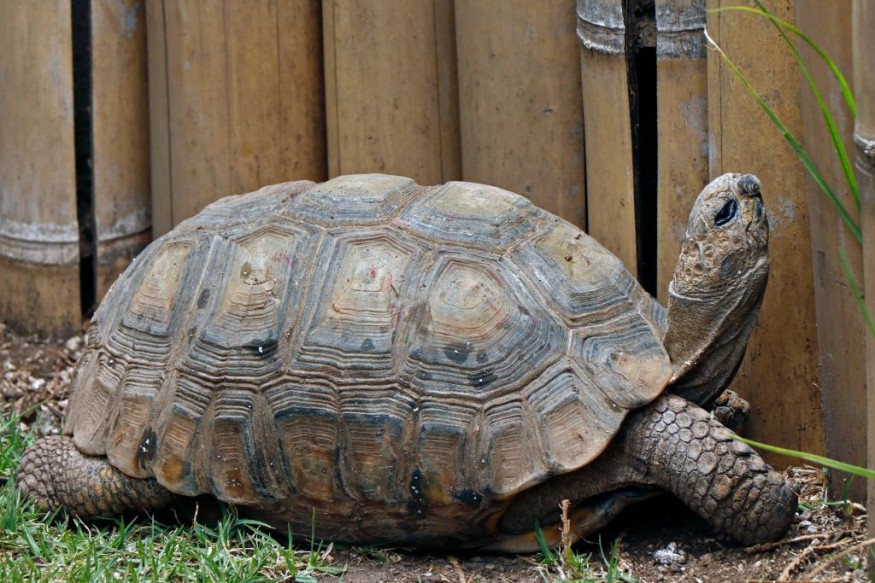Deep within the Colombian Andes, a scientific expedition has unearthed a treasure trove of fossils that is rewriting our understanding of prehistoric South America.
The discovery of massive, long-extinct tortoises sheds light on a lost era when the Andes mountains were a far different landscape, teeming with life.
A Glimpse into a Lost World

The newly discovered fossils belong to giant tortoises that roamed the Earth an estimated 57 million years ago.
This marks the first time such fossils have ever been found in the Andes, a region more commonly associated with soaring peaks and rugged terrain.
The sheer size and presence of these ancient tortoises paint a vivid picture of a bygone era in South America.
"These fossils hint at a time when the Andes were a much lower-elevation environment," explains Dr. Edwin-Alberto Cadena, a paleontologist leading the excavation. "The discovery of these massive tortoises, creatures that typically thrive in low-lying areas with abundant freshwater, suggests the presence of interconnected lakes and lush valleys where the Andes now stand."
The finding is significant not only for piecing together the geological history of the Andes, but also for its contribution to our understanding of ancient South American biodiversity.
The Paleocene and Eocene epochs, which date back to the time these tortoises lived, were a period of significant change on Earth. The colossal reptiles offer valuable clues about the vertebrate fauna that inhabited the continent during this critical interval.
Giant Tortoise Details
The newly discovered giant tortoise species has been named Puentemys mushaisaensis. These extinct reptiles measured an impressive 1.5 meters (5 feet) in length, making them true giants of their time. The fossils were unearthed in the mountainous municipality of Socha, located in Colombia's northeast.
This discovery is particularly significant because the nearest known fossils of Puentemys mushaisaensis were found hundreds of kilometers away, near the Caribbean coast.
The presence of these giant tortoises in the Andes suggests that the region's landscape was once far more hospitable to such creatures, with lush vegetation and permanent sources of freshwater.
Fossil Puzzles and Ancient Connections
The Colombian tortoise discovery comes on the heels of another exciting find in northern South America.
Researchers studying the Socha Formation, a geological deposit dating back to the Paleocene and Eocene epochs, have unearthed new fossils belonging to the bothremydid turtle group.
These fossils represent a significant expansion of the known range of bothremydid turtles in ancient South America.
The bothremydid turtles were one of the most diverse and widespread groups of neck-sided turtles (pleurodiras) during the Cretaceous and part of the Paleogene period.
In South America, the fossil record of bothremydids was previously limited to a handful of species found in Colombia, Brazil, and Peru.
The presence of bothremydid turtles in the Socha Formation suggests that these reptiles had a wider biogeographic distribution in northern South America during the Paleocene than previously thought.
This wider distribution may have been facilitated by a low-lying topography and the connectivity of ecosystems through a faunal corridor.
The ongoing study of these fossils promises to unlock even more secrets about the ancient past of South America. As paleontologists continue their meticulous work, we can expect to gain a deeper understanding of the lost world that existed beneath the towering peaks of the Andes.
© 2025 NatureWorldNews.com All rights reserved. Do not reproduce without permission.





